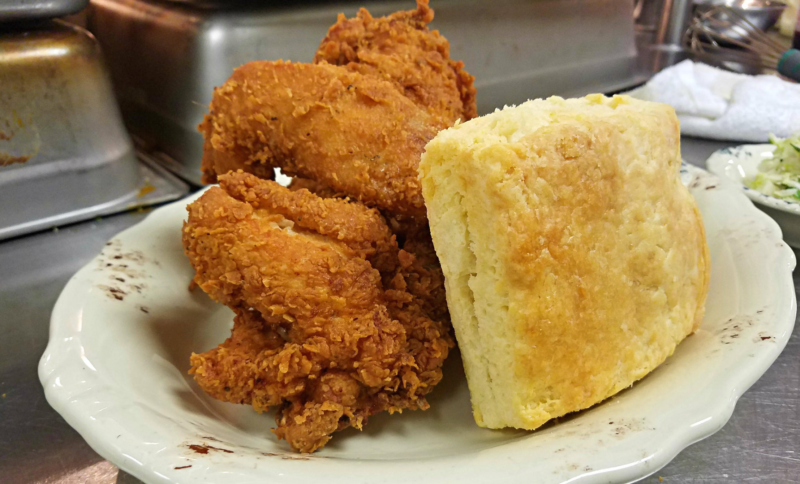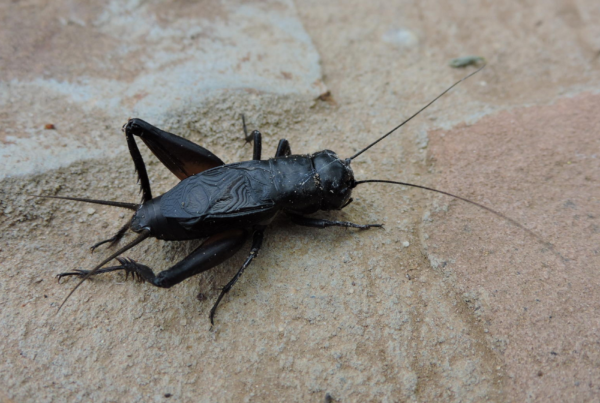From KERA News:
Fried chicken is king in Texas. But it doesn’t just taste great – making the perfect fried chicken involves science. To get at the science of fried chicken, we got the help of three key players from the North Texas chicken scene. They helped break down the physics of the fry.
There’s Omar Flores, formally trained chef and James Beard Award finalist who’s dabbled in molecular gastronomy. His new chicken joint, Whistle Britches, is in Far North Dallas.
There’s Sandra Bussey, chef and co-owner of bbbop Seoul Kitchen in Oak Cliff, where Korean fried chicken is making its mark.
Then there’s Kenji López-Alt, our science guy, who helped break down fried chicken into its basic elements He’s the managing culinary director of Serious Eats and the author of “The Food Lab.”
Step One: Brining
Everyone agrees on the importance of brining, which involves soaking raw meat in a salt water solution overnight. Brining can mean the difference between a dry, flavorless chicken or a supremely moist, piquant bird. The brine at Whistle Britches, for example, mimics the flavor of a dill pickle.
“A lot of fresh dill, a lot of fresh coriander, dill seed, there’s mustard seed in there. We do garlic, rosemary, kind of real savory herbs,” Omar Flores said. “I think it penetrates the chicken, and when you finally fry it, you end up with a juicier, more aromatic product.”
Flores’ brine is an intricate cocktail, but a classic brine can be as simple as salt and water. Our science guy Kenji López-Alt said as long as the ratio is four tablespoons of salt per four cups of water.
“The salt will break down a protein called myosin,” López-Alt said. “If you look at a piece of chicken, or any meat really, under a microscope, it resembles a bunch of cables that are strung together and bound together. And each one of those cables contains juices.”
The heat from frying forces those protein cables to squeeze out moisture.
“When you brine something, all it does is it breaks down some of the muscles so that when you’re cooking, it doesn’t squeeze on those bundles, so a lot more of those juices end up staying inside rather than squeezing out,” he said.
















